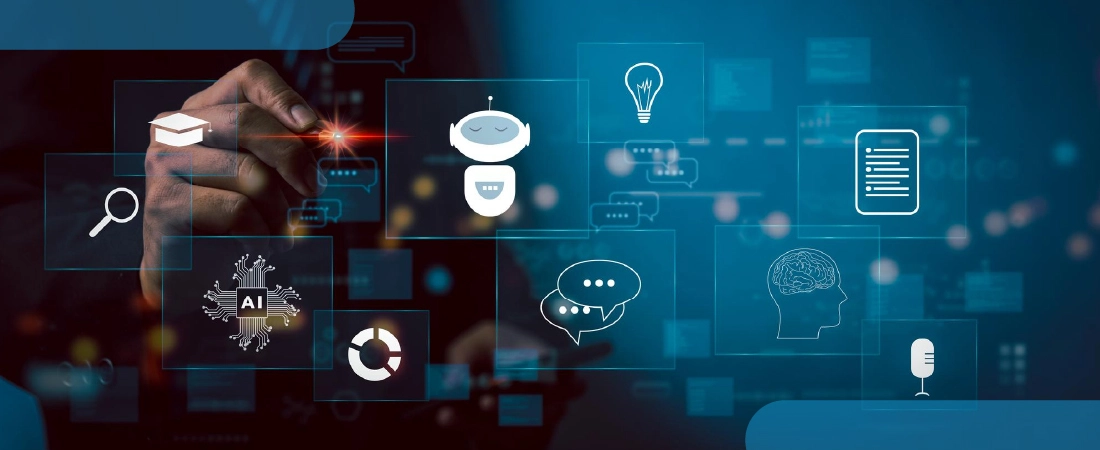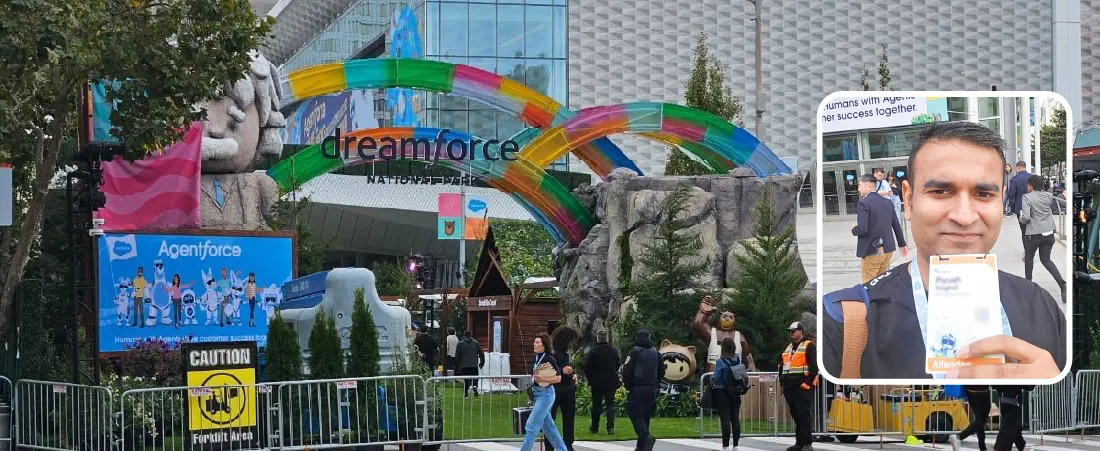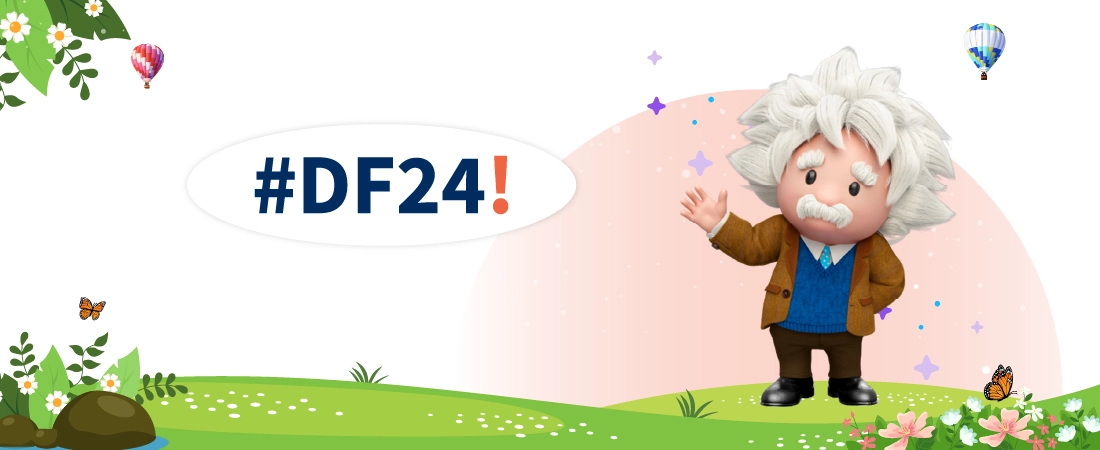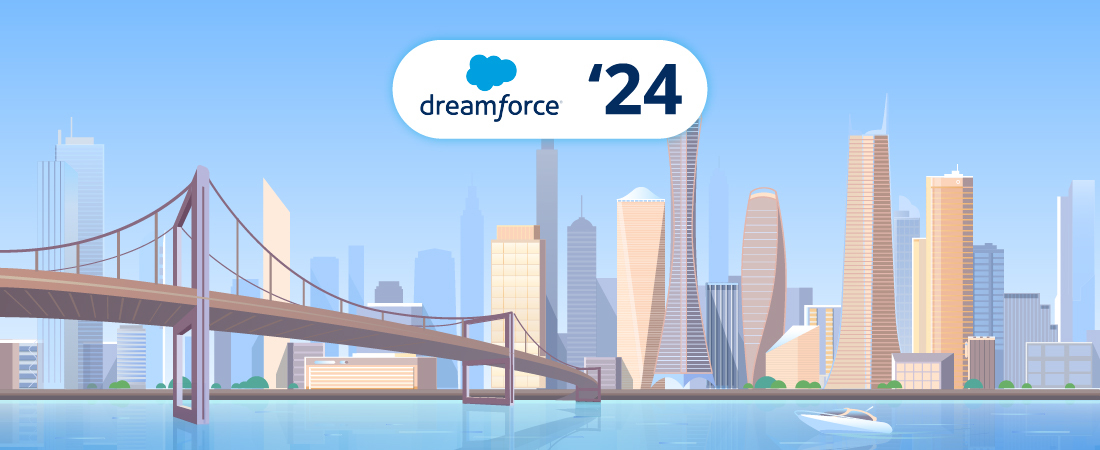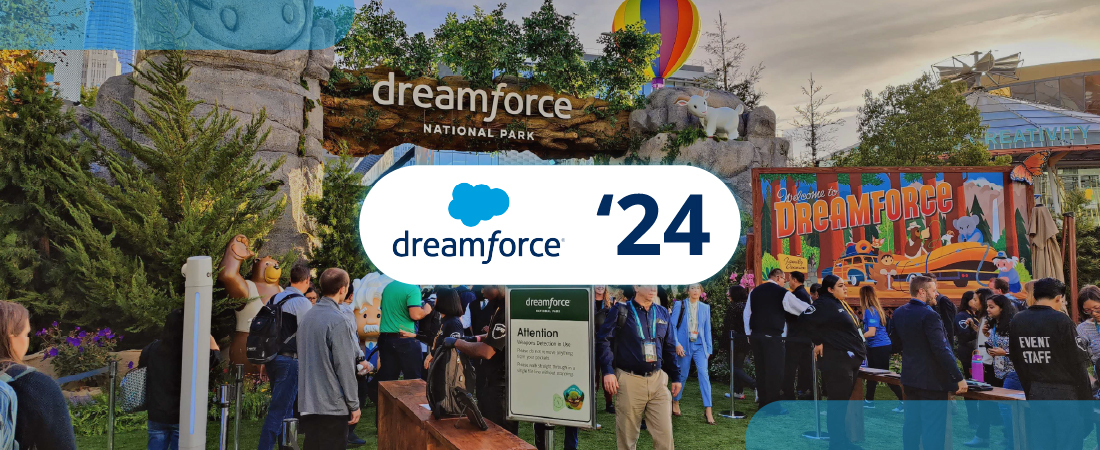Catalyzing Social Change
Significantly, a sizable portion of steering community impact is just bringing together the right people. It makes charting a course for humanity less entangled.
Also, any measurable change would involve a framework for allying governance and civil society.
At any rate, it can’t hurt to have a strong technical community behind the wheel.
Dreamforce Throws The First Pitch
While at Dreamforce, the Salesforce.org Lodge at the Westin St. Francis will accept challenges and engage in brainstorming ideas. It’ll be alongside 3 parallel, mini design sprints.
You should sign up for a taste of what Impact Labs has on offer.
Going Forward
The venture plans to invite challenges that address emergent social concerns. Next, the potentials challenges presented would get evaluated for feasibility, among other counts.
Be that as it may, a technology giant setting out to make changes in today’s world poses its own questions. Tech giants are under the lens like never before.
Up against mounting social debt, business-as-usual is complicity. And increasingly, unique positions don’t always translate to candidature.
Questions around local involvement and data have become important.
To this end, Salesforce seeks to Identify and invite community members to participate. Particularly, institutional actors and community experts.
Forging Coalitions For Scalable Impact
To start with, stakeholders need to work in tandem. They’d need to come together to ensure ease of validating and replicating work.
Through Salesforce, this will lend itself to scale. A formalized, platformed impact on a known technology may draw in relevant institutions. By any measure, this would be a great place to start for resource requests
A Takedown of the SDGs
Limitations
Looking closer online, the effectiveness of the UNs SDGs itself has been under question. Most markedly, this was on account that it doesn’t mention the word democracy even once. That has raised questions for stakeholder-dom.
Further, the goals don’t factor in too deeply, the inherent limitations of pursuing them.
Reducing Inequity, also isn’t the very first goal – it’s prominence feels more muted for current times; as does comment on the role of advanced nations. Rubrics for progress evaluation in this regard could benefit from more clarity and consensus.
Poverty and hunger also aren’t well-defined for more subjective reporting.
Pros
On the other hand, Salesforce’s past initiatives have still generated momentum and created space for democratic collaborations anyway.
It’s development communities and hiring, are diverse. So checks and balances seem tight with fewer echo chambers.
More importantly, Salesforce has a track record of meeting deliverables with tools it knows already and uses in-house.
A 2030 agenda?
The SDGs are meant to get evaluated a decade from now. All things considered, a yardstick of some kind ( if only crude) could be of great help.
Likewise, a successful framework for such an effort will need to enable difficult trade-off choices. Letting go of enormous setups and workforce in energy-intense industries won’t come easy. Deciding on transitions, although pragmatic, will need support through data, reports, and substantive preparation.
Goalkeeping Gloves to Fill
In more sobering terms, the future of work, sustainability, and technological advancement tie together intricately. Pushing hard on one without due caution could derail others. It’s in best interests if platforms like Salesforce come through with capabilities to navigate through decisions on these.
It’d be better still if industries took their own advice to not work in isolation. The SDGs are a rising opportunity to come together for more cross-industry collaboration for welfare.
